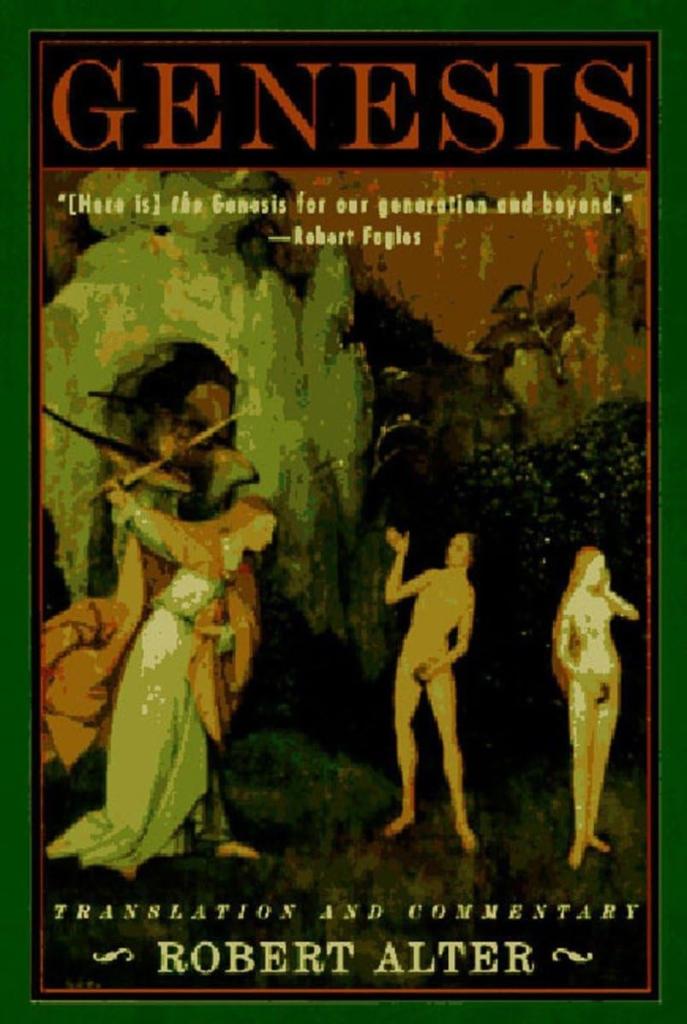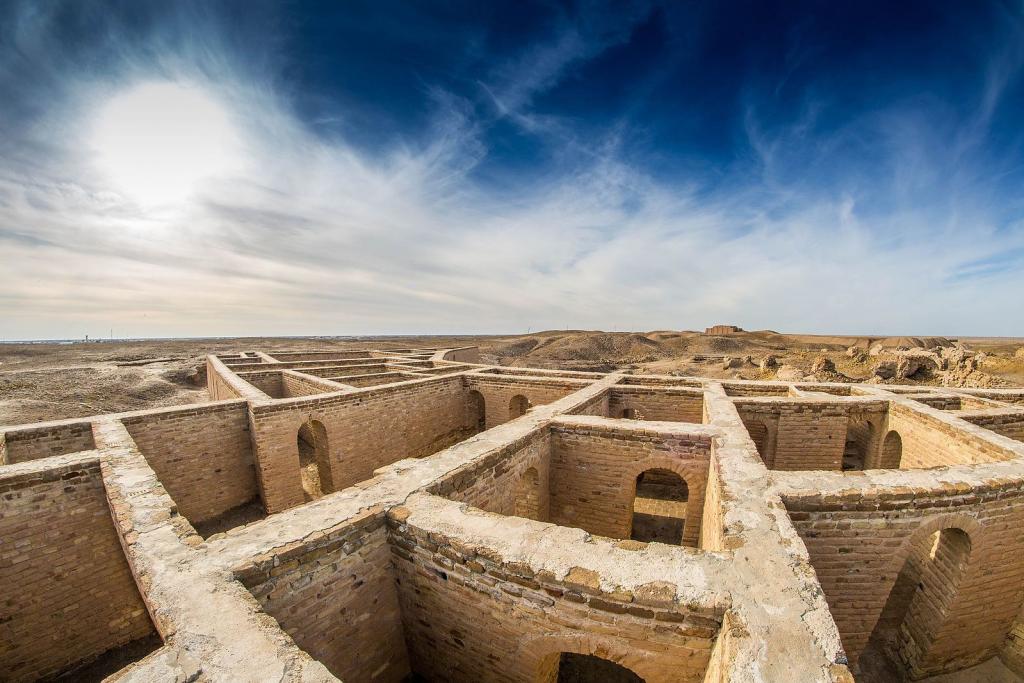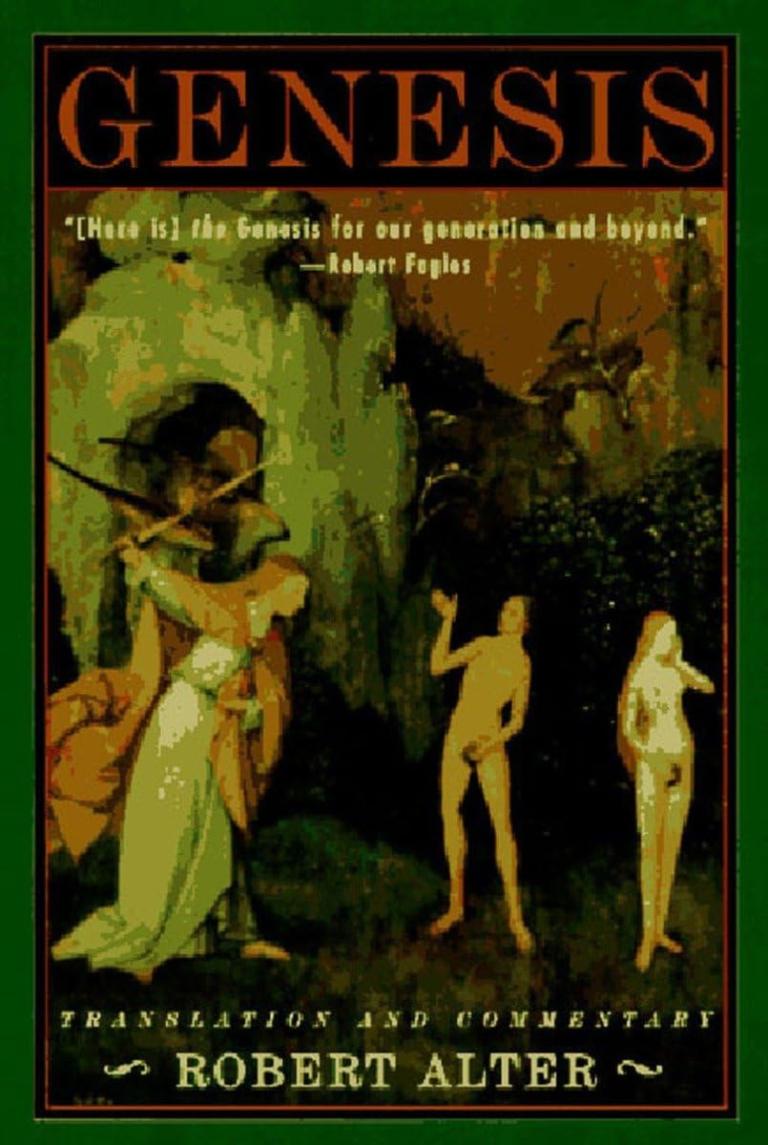What Difference Can a Literal Translation Make– Part Eight December 29, 2024 Ben Witherington
Gen. 11 provides us with most scholars see as the end of the pre-history, or archaic more universal history portion of Genesis, after which the focus in Gen. 12-50 is on Abraham and his descendants. Tbe problem with this sort of clear demarcation is that the genealogies clearly link the former to the latter, as do other factors. And as Robert Alter points out the story of the tower of Babel has often been misread as if it were about human over-reaching, seeking to be like gods by building a tower into heaven. Alter says no. This is not what is going on in this chapter, as we shall see. Nor, might I add is Pentecost in the NT the reversal of the tower of Babel. While yes there was the confusion of languages in Gen. 11 as punishment for human sin of some sort, we do not have in the Pentecost the elimination of multi-lingual cultures. To the contrary, what we have is each language group hearing the Good News in their own native tongue, the point being that the Good News about Christ can be indigenized in any language and culture. It is the Good News, not the elimination of different cultures and languages that can unite the world through one Lord, one faith, one God and Father of us all. This is a lesson we should have learned from the modern reality that while English is the language of the internet used worldwide, this has hardly united all the cultures of the world, indeed our world is more divided now than ever in various ways.
The back story is probably the famous ziggurats found in Babylon, in particular Etemenanki, which means house of the foundation of heaven. In fact, ziggurats were built by the Sumerians before the Babylonians, and the ziggurat of Ur of the Chaldees (where Abraham came from) dates to 2100 B.C. The Babylonian one has been dated as early as 1400 B.C. and as late as 900 B.C. but clearly if Gen. 11 is talking about this tower in Babylon it is the earlier date for sure, perhaps even earlier than these estimates. Here is a model of an ancient ziggurat.

Gen.11 begins with the bold statement, and the earth was one language, one set of words. We are told about a people who journey from the east to Shinar/Babylon, found a valley or better said a plain since the Hebrew can mean either, settled there, and began building this tower with ‘its top in the heavens’. God notes this construction project, like other skyscrapers a marvel of human engineering and says to his heavenly council, and says ‘as one people, with one language for all, if this is what they have begun to do, nothing they plot will elude them. Come let us go down and baffle their language there so they will not understand each other’s speech/language. And the Lord scattered them from there over the earth. Therefore, it is called Babel, for their the Lord made the language of all the earth babble.”
These ziggurats were quite an innovation, because unlike the pyramids, they were made of hardened mud bricks and mortar, not of stone. As Alter notes, ‘its tops in the heavens” is a phrase found in ancient Mesopotamian inscriptions and the point was ‘to establish. a name’, by leaving a lasting monument to human ingenuity and technology. “The polemical thrust of the story is against urbanism and the overweening confidence of humanity in feats of technology” (p. 47). Alter links this to the story of the Nephilim trying to transcend their creaturely limitations and also to the tree of life episode with the banishment of Adam and Eve, so they will not be immortal sinners. These are stories about humans propose, but God disposes, especially when it is against God’s plan for humanity.
Note the symmetry in the story– the builders say come let us build bricks, God says come let us go down, the builders say lest we be scattered, God responds by scattering them. Note that the Hebrew word balal which means to confuse is a polemical pun on the Akkadian word Babel.
The rest of the chapter resumes the genealogy of Noah’s sons, and eventually we get to Nahor who begets Terah, who in turn begets three sons– Abram, Nahor, and Haran (who begat Lot). Haran is said to have died in the land of his birth, Ur of the Chaldees. We hear that Abram took a wife named Sarai. In the very last verse of Gen. 11 we hear that Terah and his family set out from Ur of the Chaldees for the land of Canaan, and first came to Haran and settled there, where Terah died.
As for the location of Ur of the Chaldees, the scholarly consensus is that it is in Iraq at Ur Kasdim, NOT in Urfa in Turkey, and I agree. The journey to Haran makes sense from Iraq, but not from further south in Turkey. Why would they be going north to Haran from Urfa if the goal eventually is the heartland of Canaan? Muslim tradition however insists Urfa is not only the Ur of the Bible, but also the place Abraham was buried. (besides in Gen. 11 cf. Gen. 15.7 and Neh. 9.7 on Ur of the Chaldees).
The ruins of Ur of the Chaldees in Iraq












 English (US) ·
English (US) ·